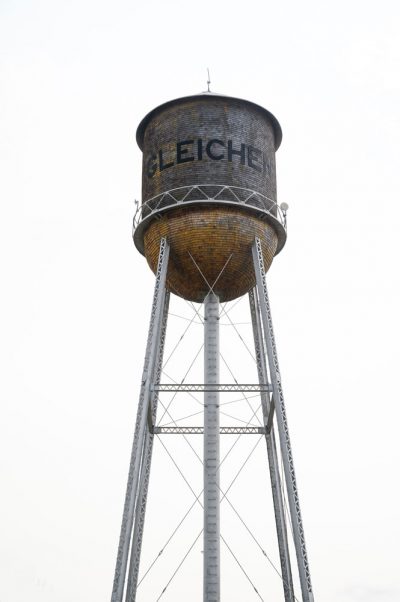Gleichen: gilded with history
By Sean Feagan, Local Journalism Initiative Reporter
The hamlet of Gleichen has a rich history and the landmarks to prove it. Predating the birth of the province, it was founded in 1884 and incorporated as a village on Jan. 24, 1899 and then as a town on May 5, 1910.
Gleichen operated as a municipality for nearly 100 years, until dissolving to hamlet status under the jurisdiction of Wheatland County on March 31, 1998.
But its unique legacy lives on through a unique array of historical features.
St. Andrew’s Anglican Church
This small church, located at the corner of 4th Ave. and Gleichen St., was built in 1885 by Anglican missionaries to the Blackfoot Nation as an educational and religious institution. Its wood-frame design features a Carpenter Gothic architectural style common throughout North America in the late nineteenth century incorporating pointed arches, steep gables and towers.
The structure, constructed by members of the Blackfoot Nation and settlers together with the assistance of local architect Edward McCoskie, consists of a narthex (porch), nave (body), sanctuary (apse) and sacristy (vestry). It also features a separate entry porch for school children to place their coats and boots, and a hexagonal apse, elevated for use by both the priest and school teacher. The church features other unique elements, including a bell donated by the CPR to the parish. The church is a registered Municipal Historic Resource in Alberta.
Gleichen War Memorial Cenotaph
Another registered municipal historic resource, the Gleichen War Memorial Cenotaph, is a monument composed of 25.4 tonnes of British Columbia grey granite constructed and unveiled on Nov. 10, 1920, as a Great War memorial.
The monument features three brass plaques listing 235 local men who enlisted for service. There is an additional granite feature at the top of the structure containing an honour roll of 51 names of men who gave their lives during the Second World War, which is paired with a band below containing the names of the battles and places where these soldiers lost their lives. Two other monuments have been added to honour those serving in Korea (1950 to 1953) and Afghanistan (2001 to 2011).
Gleichen Water Tower
Looming over the hamlet is the 150-foot-tall Gleichen Water Tower, which was constructed in 1911 by Des Moines Bridge and Iron Company of Pittsburg, Pa. The structure was built to supply Siksika Nation with water and also provide insurance against fire at the grain elevator. The tower, which was in use until 1964, is the oldest and highest in southern Alberta. After advocacy work by the community, the tower was declared a provincial landmark and historical site in 2008.

